Not all types of CMT can be cured with Gene Therapy, but there are many types that can. HNF is leading efforts in identifying those types and spearheading initiatives with a collaborative team of experts in the field of gene therapy.
HNF has selected its first three types of CMT based on their potential for success…and we need your help! If you are a patient or know someone with the following CMT types, contact [email protected].
CNTnap1
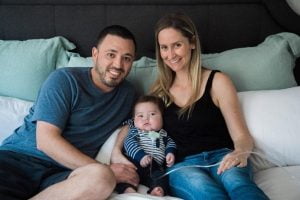 This rare and fatal type of CMT is recessive and leads to a loss of the CNTNap1 gene and its protein product, CASPR which disrupts the myelinating cells from the signal transmitting nerve cell axons. This has profound negative effects on the development and maintenance of many nerve fibers in the central and peripheral nervous system. James was born with CNTnap1 and unable to breathe.
This rare and fatal type of CMT is recessive and leads to a loss of the CNTNap1 gene and its protein product, CASPR which disrupts the myelinating cells from the signal transmitting nerve cell axons. This has profound negative effects on the development and maintenance of many nerve fibers in the central and peripheral nervous system. James was born with CNTnap1 and unable to breathe.
He was immediately intubated. After he was stable, the NICU team at the local hospital decided it was best to send James that night to a Children’s Hospital specializing in rare diseases. The clock is ticking as HNF works hard to raise funds to save this little boy’s life and others like him.
TO WATCH MORE OF JAMES’ STORY: www.jamescure.org
CMT4 (GDAP1)
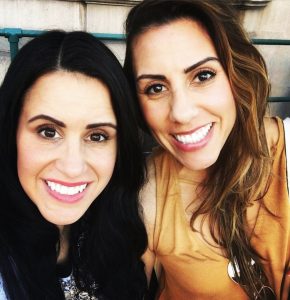 CMT4 is a subtype of CMT that is inherited in an autosomal recessive pattern.
CMT4 is a subtype of CMT that is inherited in an autosomal recessive pattern.
Estela Lugo, HNF Medical Outreach Director and her sister, Melissa were diagnosed with CMT at age 3. For many, many years they did not know their type. Previous genetic tests were inconclusive up until recently.
Working for HNF shed light on the importance of getting a genetic diagnosis and that new genes are being discovered all the time. Last year, Estela and Melissa finally received a confirmed diagnosis for CMT4 GDAP1. It was only natural that Estela join in the effort of spreading the word and participating with a heartfelt testimony at the Externallyled Patient Focused Drug Development Meeting for the FDA last year.
TO WATCH ESTELA’S TESTIMONY: hnf-cure.org/cmt4-gdap-gene-therapy
CMT6 (c12orf56) “One gene, two diseases”
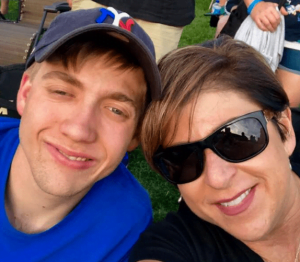 What does this mean? C12orf56 can present as two different types of diseases called CMT6 and Leigh’s Syndrome. Both diseases are caused by dysfunction of mitochondria, the energy factory of our cells, and are progressive and, many times, devastating.
What does this mean? C12orf56 can present as two different types of diseases called CMT6 and Leigh’s Syndrome. Both diseases are caused by dysfunction of mitochondria, the energy factory of our cells, and are progressive and, many times, devastating.
CMT6 is a complex type of CMT because it is associated with many other features in addition to the typical CMT symptoms such as delayed learning, blindness, language impairment and shorter life expectancy. Some patients with mutations in the C12orf56 associated with severe mitochondrial dysfunction can also present an aggressive central nervous system disease called Leigh’s syndrome. Symptoms are frequently triggered by a viral infection and include developmental delay or regression, loss of coordination, vision and hearing loss, memory disturbance and low or weak muscle tone.
HNF has been working hard to raise funds for Zachary Houliares, a young man, age 21 and others like him to find a treatment. Despite Zachary challenges and being legally blind, he has excelled in his community as a sport star coaching for his high school team and is continuing his passion at the college level. This past winter, Zach caught the flu and experienced a severe decline of his CMT which led to the diagnosis of Leigh’s Syndrome. It’s only now that we have learned, that CMT6 and Leigh’s Syndrome share the same gene, but Leigh’s syndrome presents more severely.
How could this be? Zach was hospitalized and almost died from severe mitochondrial dysfunction. Unable to swallow, speak and even move. He spent months in the hospital and is slowly recovering back at school.
HNF, in collaboration with Robert Burgess, PhD at Jackson Labs, Steven Gray, PhD at UT Southwestern and Mario Saporta, MD, PhD, MBA at the University of Miami, are working diligently on developing a gene therapy for these diseases.
LEARN MORE: www.curecmt.org
“As genetic therapies quickly become a real option for CMT patients, these new HNF projects are very exciting for patients, physicians, and researchers alike” – Dr. Stephan Züchner, MD, PhD Professor for Human Genetics and Neurology Chair, Dr. John T. Macdonald Foundation Department of Human Genetics Co-Director, John P. Hussman Institute for Human Genomics University of Miami Miller School of Medicine and Founder, The Genesis Project, a key collaborator of HNF’s Gene Therapy Research initiative

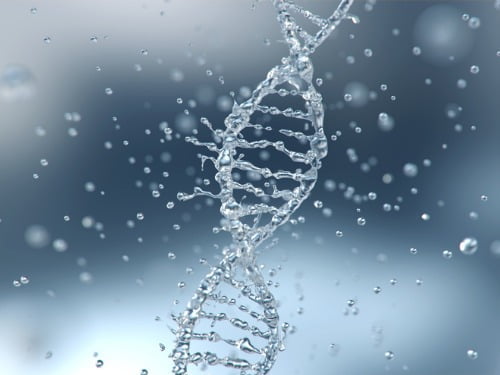



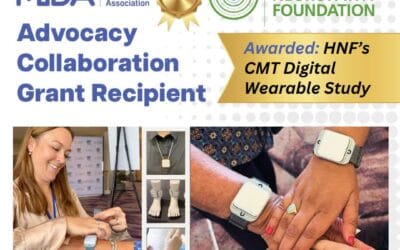
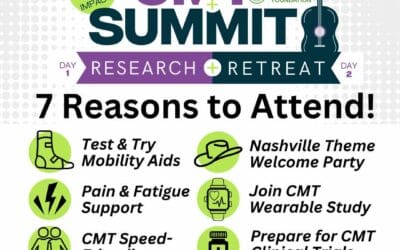
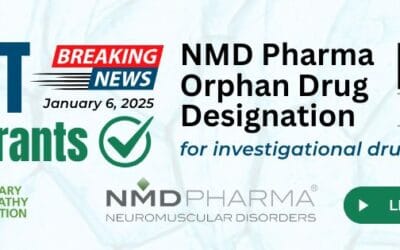

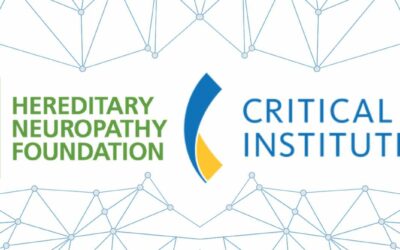

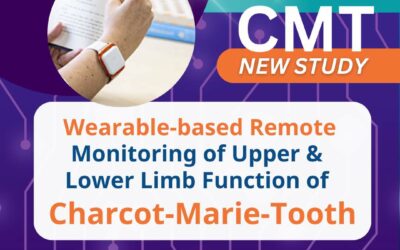

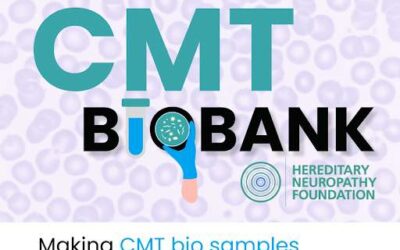
Would like to know if I have CMT.
Hi Addie,
We recommend speaking with your primary doctor and/or neurologist to order genetic testing for you. For more info. visit: https://www.hnf-cure.org/genetics-cmt/
I am a 68 year old female recently diagnosed with HNPP. I have had fusion on my back and neck due to arthritis and it was after that my symptoms progressed. I have foot drop, hand weakness, gait problems and chronic pain. The only good thing about now having this diagnosis is understanding why all of these symptoms are occurring . I refuse to give up and despite many surgery’s , I remain active and continue to play golf. I also work with therapy dogs which is a special type of medicine I recommend . I am interested in any trial gene therapy.
I have GDAP1 and interesting in participating
What about type 1F/2E? I saw that it was being studied, but cannot find how to apply. I learned that I have that type. Please let me know
I’m in Australia might not be a candidate but would like to be considered I’m a 43 year old male
My son is 16 and still at this stage the drs don’t know what Cmt he has. I knew at the age of 5 something was wrong, by 8 drs said it was Cmt. No one in our family history had it.
We are in Australia.
We live in the Netherlands. My son is 22 and was diagnosed with CMT/HMSN-type 2. We don’t have a genetic diagnosis as this is not possible to get in our country. What can we do to get a genetic diagnosis. My son has lots of issues with his fingers and feet. We would come to the US to get diagnosed.